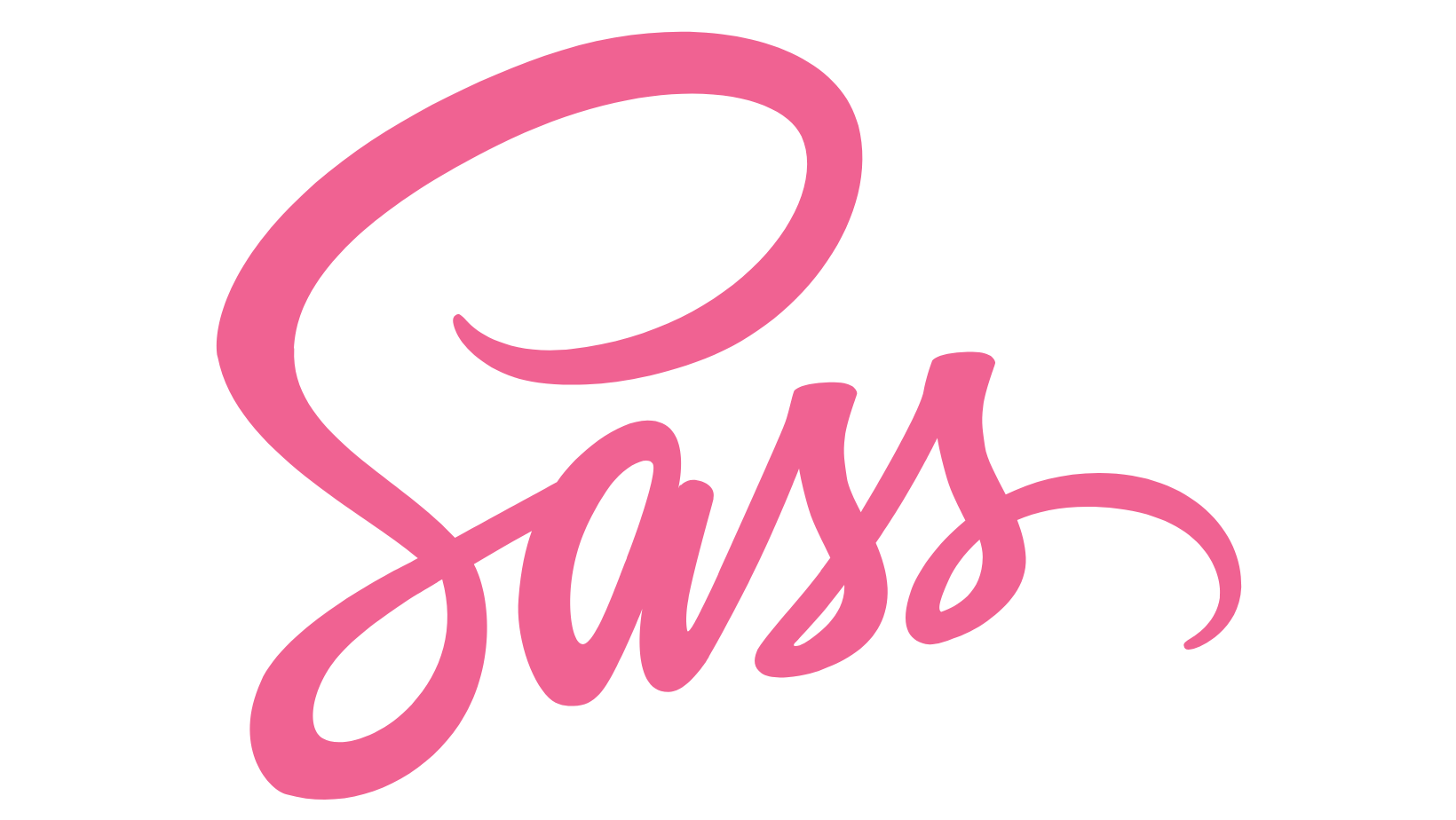Skillset
Sass
Sass, which stands for Syntactically Awesome Style Sheets, is a preprocessor scripting language interpreted or compiled into Cascading Style Sheets (CSS). Sass was designed to enhance the functionality of CSS, providing several powerful features not available in regular CSS while maintaining complete compatibility with the CSS standard.
Two key features that set Sass apart are variables and mixins. Variables allow storing and reusing common values, such as specific colours or font stacks, throughout your style sheets. Mixins, on the other hand, are like functions for CSS. They enable you to define styles that can be reused throughout the stylesheet, even accepting arguments which can be used to customize the output.
Sass also introduces nested syntax, providing a visual hierarchy that mirrors the structure of your HTML, making it easier to read and maintain your stylesheets. Furthermore, Sass supports mathematical operations, allowing you to perform calculations (like addition, subtraction, multiplication, and division) directly within your style.
Lastly, Sass supports both an indented syntax (known as “Sass”) and a more traditional CSS-like syntax (known as “SCSS”). This flexibility allows developers to choose the style best suits their project or personal preferences.
By offering these advanced features, Sass allows for more efficient, maintainable, and scalable CSS that can save developers significant time and effort. As of my knowledge cutoff in September 2021, Sass is widely adopted in the web development industry and is supported in all modern web development environments.

Goal
CSS Framework
Sass (Syntactically Awesome Style Sheets) is a CSS pre-processor that extends the functionality of CSS, making it more dynamic, reusable, and maintainable. Here are some critical uses of Sass in web development
Variables
Sass enables you to use variables, which can be used to store values that you want to reuse throughout your style sheet. This could include colors, font stacks, or any CSS value you want to reuse. This can make your CSS easier to maintain and update.
Nesting
With Sass, you can nest CSS selectors following the same visual hierarchy of your HTML, making your CSS more readable and maintainable.
Mixins
Mixins are like functions for CSS. They allow you to define styles that can be reused throughout the stylesheet. This can reduce redundancy and make your code more organized and easier to maintain.

Sass allows you to create partial Sass files that contain little snippets of CSS that you can include in other Sass files. This is a great way to modularize your CSS and help keep things easier to maintain.

Sass allows you to use standard math operators like addition, subtraction, multiplication, and division directly in your CSS.

Sass provides numerous built-in functions that can be used to manipulate colors and other values.
Thanks For Browsing!
Let’s Build Something
Get in touch to enquire about our services.
Homepage
Welcome to our web development hub. As seasoned experts, we’re ready to collaborate and create exceptional digital solutions to animate your brand online.
Phone
07772416251

